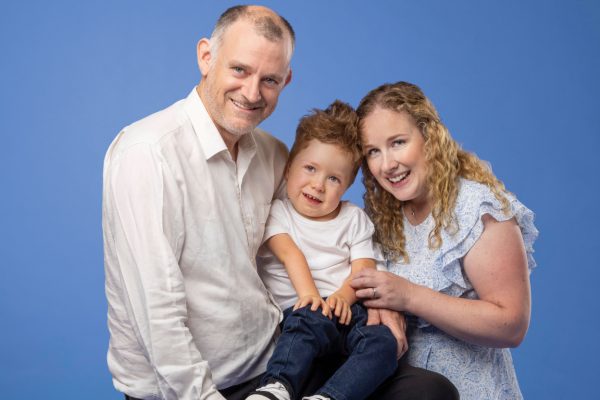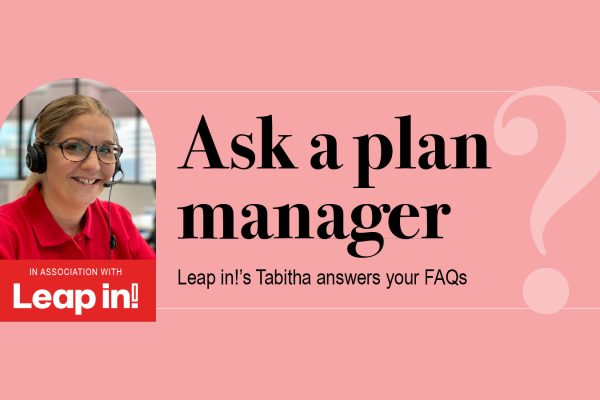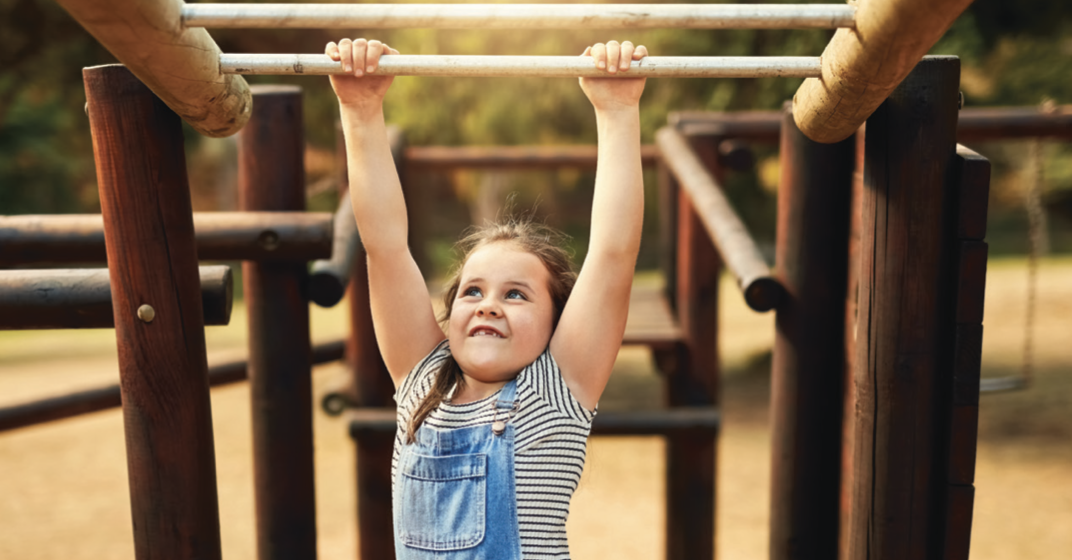
Backyard activity ideas for motor skills development
Parents, do you look out at your backyard and see only work to be done? Toys to pick up, out of control weeds, a playhouse in need of a few repairs, a grass lawn desperate for a trim…
Well, the therapists at NAPA see your backyard in a different light — a world of opportunity for your child to work on their gross motor skills! The possibilities are endless, but here is a list of 10 backyard activities to target gross motor skills to get you started on the outdoor fun!
These first 7 ideas are all 1about sidewalk chalk!
DRAWING ON THE GROUND
Draw on the ground, either sitting or lying on belly. Bearing weight on a non-dominant hand as kids draw with the dominant hand strengthens non-dominant side.
How to make it easier: draw together! With your hand over your child’s hand, draw a big rainbow together to encourage your child to use full arm range of motion
How to make it harder: draw with the non-dominant hand!
MAKE A RACETRACK!
A track for their ride-on toy, trike, bike, or scooter – tracing the chalk line wherever it goes targets motor planning and bilateral coordination for steering.
Riding a bike or scooter works on coordination, endurance, and overall strengthening.
HOPSCOTCH
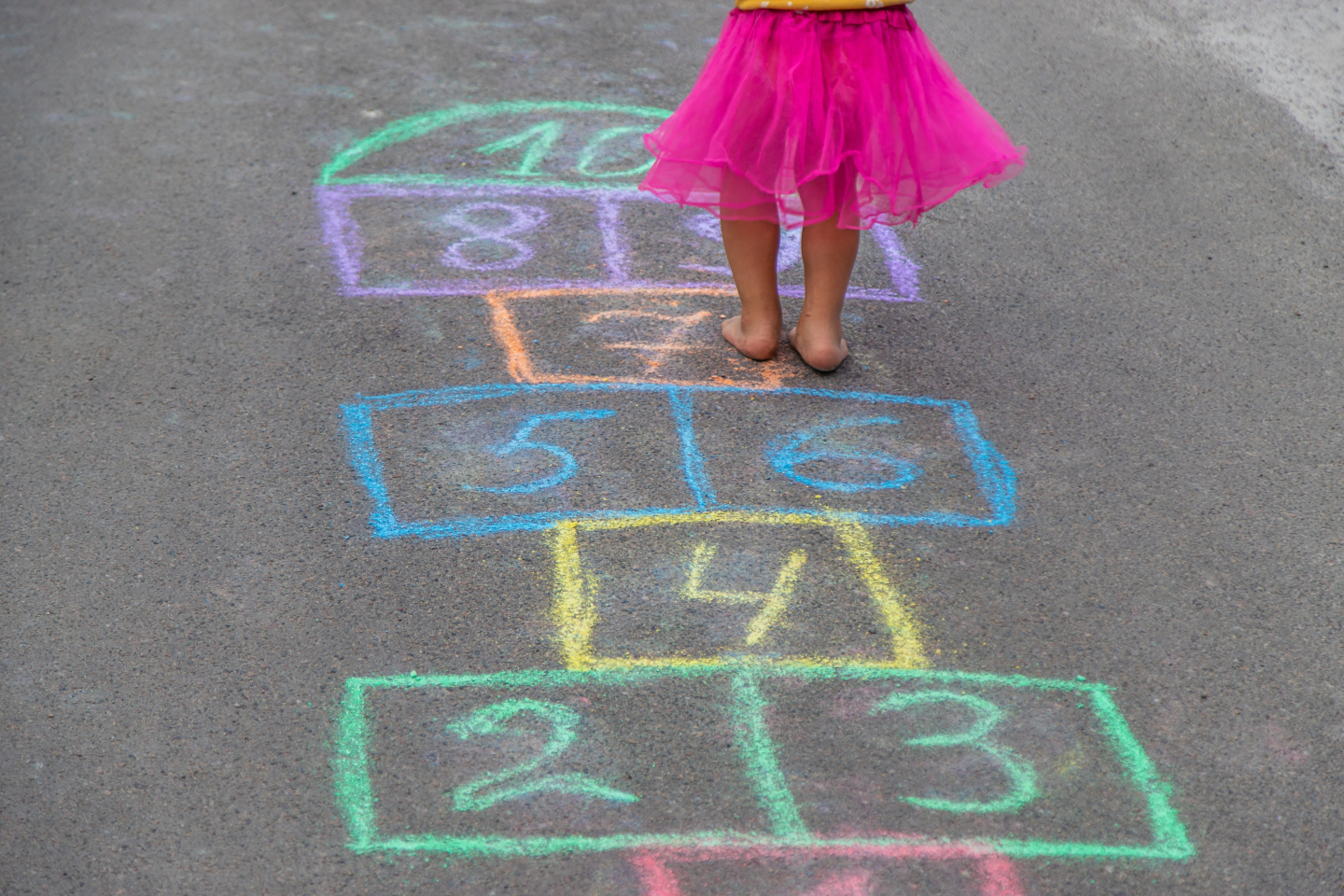
Targets balance, coordination, hopping, jumping, sequencing, timing, and visual system.
Jumping forward over the line from one square to the next.
To work on jumping farther, try jumping over a square (say, “The LAVA square will burn your feet! Better jump over it to the safe square!”)
Jumping with feet together, then apart, then back together develops coordination.
HARDER: hopping on one foot requires single leg balance AND muscle power.
HARDEST: combining all in one – one foot, two feet, together and apart!
OBSTACLE COURSE
Put all these ideas together – walking the chalk line, jumping through hopscotch squares, stomping on some chalk circles, drawing hand and footprints to walk on.
DRAW A BALANCE BEAM
Just draw a long straight line with chalk and ta-da! Instant balance beam!
Encourage your child to try to walk on the line without stepping off. Easiest: just keeping one foot on the line the whole way.
A little harder: both feet staying on the line, putting one foot in front of the other with each step!
Tricky: heel of front foot must touch toe of back foot. This tandem stance is a real challenge to balance.
Advanced: walking along a line and toe tapping on red solo cups or paper towel rolls placed on both sides of the line.
Super advanced: walking backwards or sideways along the line (Try a squiggly line ~~~~~~~~~~ getting fancy!)
To take the balance beam up a level, use a curb or low retaining wall instead of a line on the concrete for an additional balance challenge.
BACKYARD TWISTER
This activity works on colour recognition, knowing left and right, and motor planning required to arrange their body to reach each colour. Reaching and stretching, and then bearing weight in unique positions and balancing to maintain these positions works the vestibular system, as well as targets strengthening!
Draw chalk circles on the ground. Lots of smaller circles everywhere makes it easier for smaller bodies, but bigger kids can play with fewer and bigger circles.
Randomly call out left or right, then hand or foot, and then a colour. Each player has to place the corresponding hand or foot on the circle of that colour!
Keep going until someone falls, and then play it again!
BETTER BALL SKILLS
Just roll with it!
Draw a chalk design on the ground, the fence, the side of the house, wherever is allowed in your family, and then have your child trace the design made by rolling a ball along it. If the design is on the ground, try first on hands and knees.
Too easy? Try on hands and feet, with knees up off the ground for increased arm strengthening.
If the design is on a vertical surface like a fence or side of the house, have your child trace it while in tall kneeling, half kneeling, or standing on only one leg.
Try adding a dynamic surface like a couch cushion from patio furniture (sitting, kneeling, or standing on it, or even standing with only one leg).
Another way to roll with it: with both hands on the wall, place a ball between your kiddo’s knee and the wall or fence and have them roll the ball up and down the wall by bending and straightening their knee – strengthens hip flexors and core.
* Throw it
Pick a target, any target, just not a window! Pick which arm will be their throwing arm, then have your child STEP forward with the opposite foot, POINT at the target with the opposite hand and arm, LOOK at the target so their ball knows where to go, and THROW at the target. Step, point, look, and throw – we say it as we play it so the motor plan will stick! Hand-over-hand guidance can help encourage beginner throwers!
* Shoot it
We don’t need a hoop to play basketball! Gardening buckets, the kiddie pool, a chair with arms, anything can be a basket for basketball. Or you can duct tape a pool noodle to make a circle, and there’s your hoop!
* Kick it
Soccer play targets single leg balance to kick with one foot as well as motor planning to coordinate where we want the ball to go. Any spot in the yard can be a soccer goal!
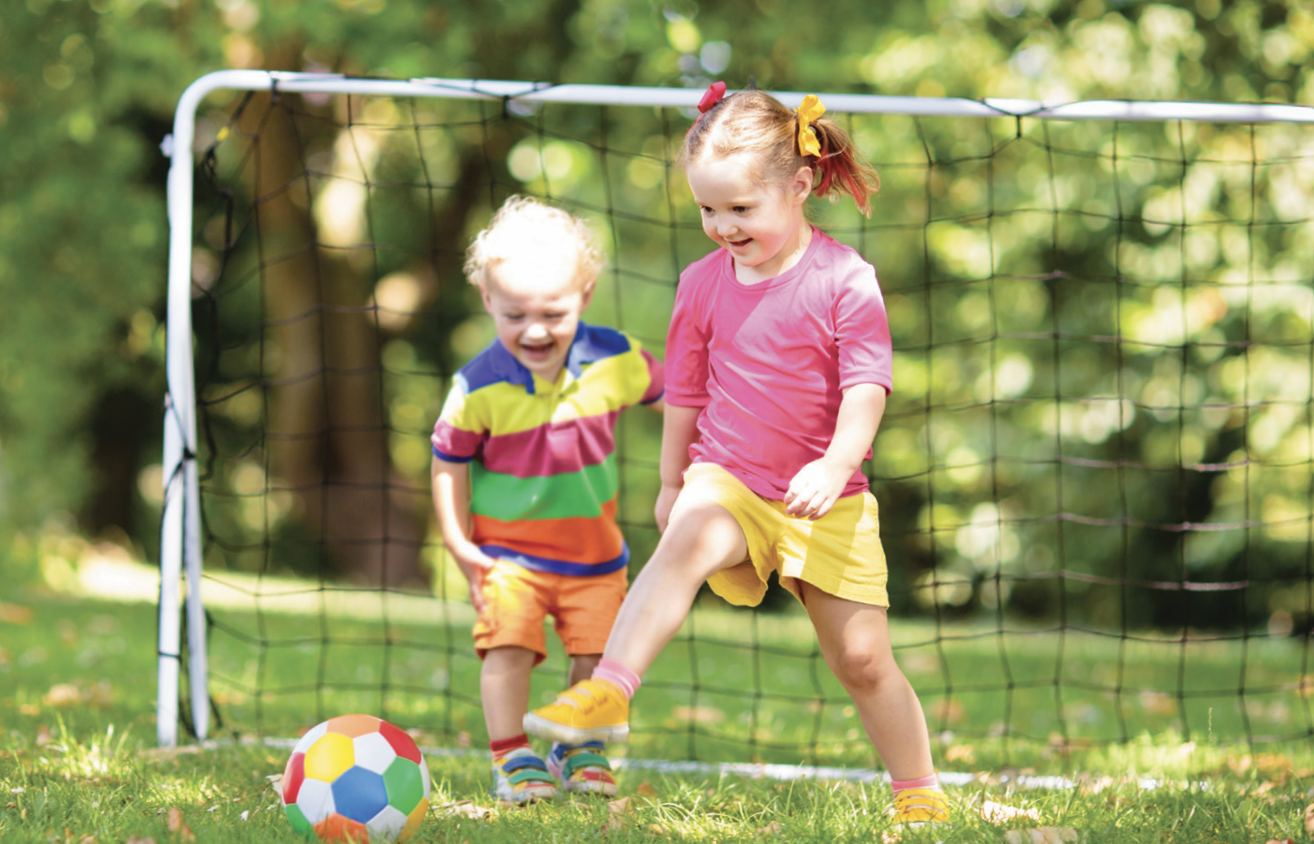

* Hit it
Modify baseball with a pool noodle as a bat and your choice of a ball:
- Regular balloons – these “baseballs” move slowly, making it easier to coordinate movements in time to hit.
- Beach balls – these are usually faster than balloons, but still allow increased time for motor planning as kids learn this skill.
- Water balloons – these are typically much smaller targets, and therefore harder to hit, but may come with a fun splash if they get hit just right!
THINKING OUTSIDE OF THE BOX
GARDENING
Pulling weeds or picking dandelions – targets arm strength and anticipatory postural responses to maintain their balance!
Collect sticks or wood chips from all over – repetitively squatting to pick something up strengthens legs and improves balance.
Water play – fill a bucket, have your kiddo carry it around to help water the plants, and secretly work on strengthening!
Just playing in the dirt – holding a deep squat is great for ankle stability, and getting messy is great sensory play!
GET OUTDOORSY
Navigating up and down hills or across uneven surfaces like grass or gravel builds strength and endurance:
Side stepping or forward stepping over rocks encourages balance and ankle strengthening.
Lying in the grass, encourage your child to army crawl/ slither like a snake and sneak up on an unsuspecting family member. Army crawl engages thee entire body and strengthens the core and arm muscles.
Playing barefoot in a sandbox strengthens ankles and legs – especially while squatting, jumping, and digging holes with feet.
MASTERING THE MONKEY BARS
Got a playset with monkey bars? This is a fantastic opportunity to work on arm and core strength, coordination, and motor planning!
First, just help your child get used to holding onto one bar. Swinging or counting to ten helps develop grip strength and arm strength for supporting their weight.
Next, support their body weight by holding them while they practice reaching through with their hands, one hand on each bar. This develops coordination to reach through with their hands and look for the next bar without the work of supporting their own body weight.
Practice the swing through. Only one hand on each bar may seem harder, but when they get two hands onto the same bar, kids tend to turn off their core, stopping the momentum they have going and making it more work to move to the next bar. Swinging through with one hand on each bar teaches efficient use of momentum and keeps the core engaged, decreasing the work of hands and arms.
Practice makes perfect! Repetition is important to help kiddos get going across the bars.
BONUS ROUND
Lifting knees to chest works deep abdominal muscles responsible for balance, posture, and toileting (and kids can practice this anywhere there’s a sturdy bar to hang onto).



